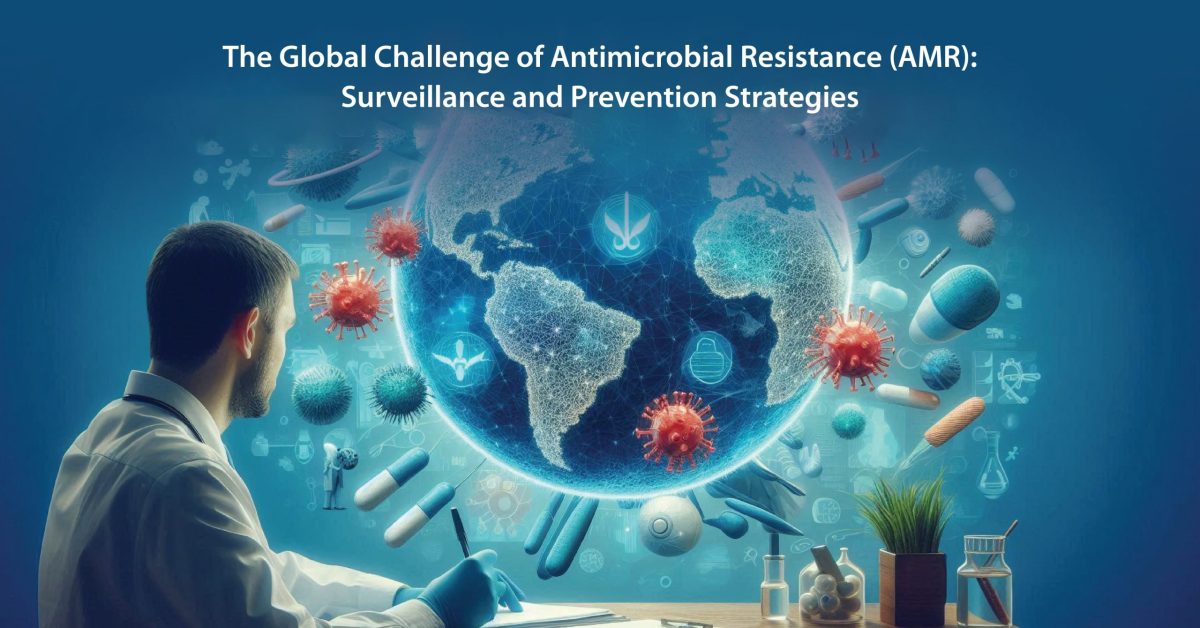Introduction
One of the most serious global public health threats facing the 21st century is antimicrobial resistance. As microorganisms such as bacteria, viruses, fungi, and parasites continue to evolve, they are becoming more and more resistant to the drugs that should kill them. This phenomenon has serious consequences in terms of mortality rates, prolonged hospitalizations, and elevated healthcare costs. This has made the world realize that the antibiotics, antifungals, and antivirals that were really helpful in revolutionizing medicine are now losing their effectiveness very badly. AMR surveillance and prevention strategies are, therefore, two important links in the fight against AMR. Knowing the process through which resistance originates, spreads, and can be controlled is relevant to taking measures against public health.
How AMR Works and Its Effect on the World
AMR occurs when microorganisms change due to exposure to an antimicrobial agent. These changes allow them to resist the action of medications that would otherwise kill them or slow their growth. AMR is not only a problem in a localized setting; truly, it is a global challenge that knows no borders. On several occasions, the WHO has warned that the disastrous outcome of AMR and, if not taken up as an emergency, situation is leading the world to a post-antibiotic era where common infections and minor injuries are going to kill humankind once again.
Among the major drivers of this crisis are the overuse and misuse of antibiotics in human medicine and agriculture. In particular, in most parts of the world, antibiotics are sold over-the-counter, which contributes to inappropriate use. Even in agriculture, antibiotics are administered not only against the outbreak of certain diseases in sick animals but also as a promoter of growth and to prevent possible diseases, aggravating them further.
AMR has wide ramifications: Resistant infections have higher morbidity and mortality rates. In the case of COVID-19, there have been reports that the patients who suffered secondary bacterial infections were not even susceptible to the antibacterial practices imposed; this was the reason behind its poor outcomes. Candid auris and multidrug-resistant Aspergillus species are resistant pathogenic organisms of significant growing concern in the discipline of fungal infection. These pathogens are highly resistant to treatment and often cause severe complications in immunocompromised patients, particularly those with COVID-19.
